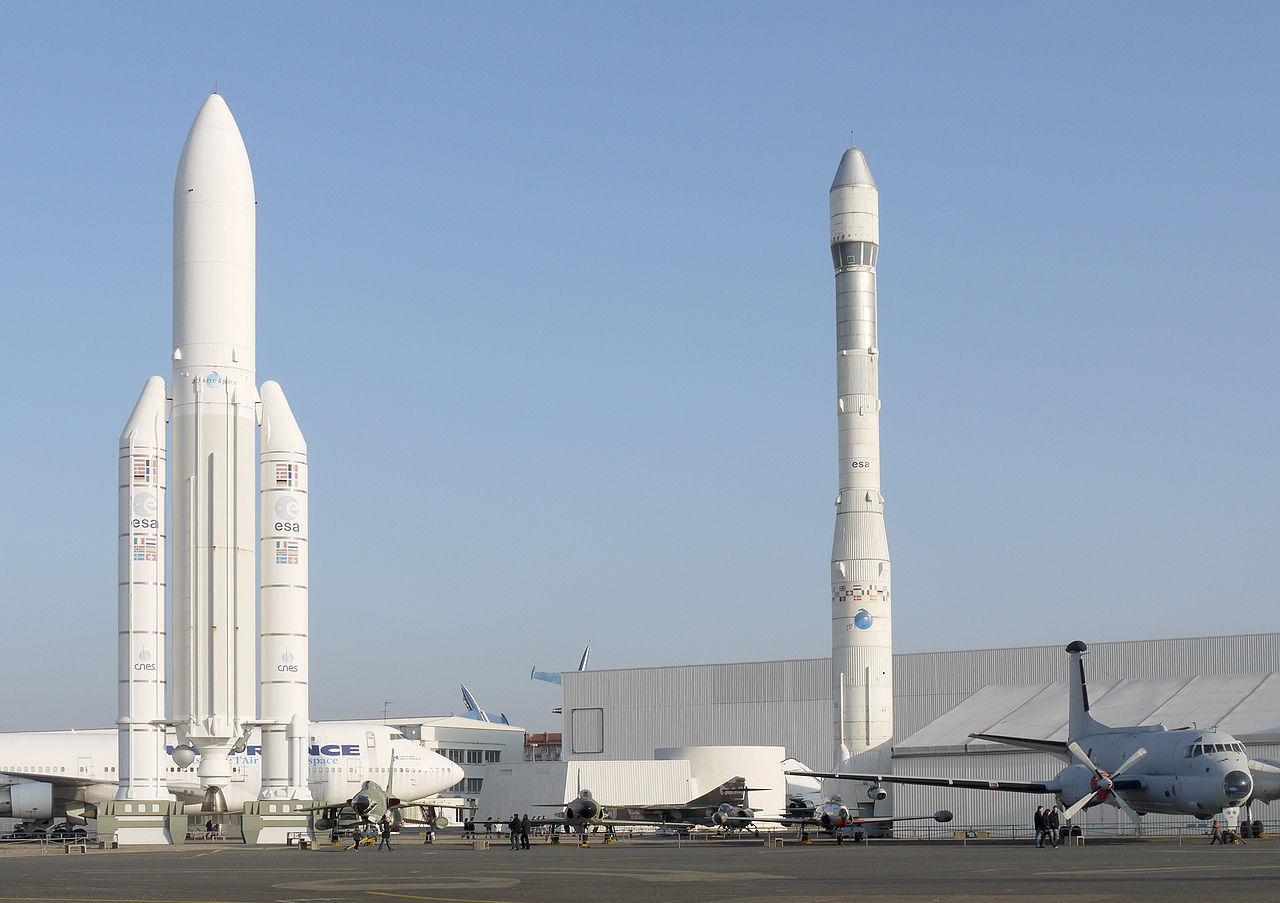Scientists Are Very Concerned About NASA’s Mars Plan
Scientists are becoming increasingly concerned about NASA’s Mars Sample Return program as it continues to face numerous setbacks. Each one adds to the staggering financial burden on the space agency, amounting to billions of dollars.
The plan to bring back a multitude of samples from the Red Planet has veered off course. With both the budget and the timeline spiraling out of control, many are now dubbing the plan a “colossal failure,” and scientists are worried the project may be canceled altogether.
The Red Planet
Since space exploration began in the 20th century, researchers, scientists, and astronauts have all theorized whether life once existed on other planets in our solar system.

Source: Wikimedia
Many argue the best hope is Mars, a planet similar in size to Earth. Yet, it’s proven difficult to investigate this claim any further. That was until NASA came up with the Mars Sample Return Mission, which aimed to bring rocks and other materials home from the red planet.
The Mars Sample Return Mission
NASA’s Mars Sample Return Mission, or MSR, has been decades in the making and serves as the space agency’s best plan to robotically retrieve samples from the red planet for study.

Source: Wikimedia
However, the mission has experienced several hurdles, including a budget estimated to cost around $10 billion and a timeline of 16 years that far exceeds initial expectations. These have left the potential mission at a crossroads.
IRB Investigation
The problems with the MSR became apparent last year following an investigation by the IRB, a NASA-established independent review board. They concluded that the project was likely to cost anywhere from $8 to $11 billion, which is several billion over the project’s budgets.

Source: Freepik
The IRB also reported that the project’s initial launch date 2027 had little to no chance of success, and the “Earth return” date of 2033 was even further from reality.
The Complexity of the MSR Project
The MSR mission’s complexity is behind the ever-increasing costs and delays. The original plan aims to send a NASA-built lander to Mars, housing a return rocket and a robotic arm provided by the European Space Agency to gather samples.

Source: Freepik
The project aims to have the lander meet up with the Presereavnce rover, which’s been steadily dropping tubes of samples collected from the Jezero Crater on Mars. Then, the sample-packet rocket would leave the Red Planet and rendezvous with an ESA spacecraft to return to Earth.
Congress Hits Brakes on MSR Mission
Over 1,300 people in the US have been involved in the MSR; however, that number is starting to shrink. Due to the IRB’s investigation, it appears NASA has hit the breaks on the project and even announced research centers were “ramping back.”

Source: Wikimedia
The mission’s pause has also been affected by a constricted budget for 2024, which follows a spending cap deal introduced in Congress.
Scientists Are Concerned
The House of Representatives’ has proposed a budget of close to $1 billion to MSR for the 2024 fiscal year. Whereas the Senate has only offered around $300 million.

Source: Freepik
Scientists are now worried that the entire MSR may be scrapped. The Senate has threatened that unless officials find a way to lower the project budget, they’ll pull the plug on the entire operation.
The Mars Sample Return Independent Review Board Response Team
In response to The US Senate’s threats, NASA has established the Mars Sample Return Independent Review Board Response Team under the command of Sandra Connelly, the agency’s deputy associate administrator for science.

Source: Freepik
Connelly will be expected to provide updates on MIRT’s progress during several upcoming meetings. NASA itself has decided to refrain from confirming any further budget or schedule estimations until MIRT completes its analysis.
Senior Communications Officer Shares Thoughts
NASA’s Dewayne Washington, a senior communications manager for MSR, shared a statement with Scientific American, suggesting that his team will have more details on the project’s future by the end of spring.

Source: Wikimedia
“The team will make a recommendation by the second quarter of fiscal year 2024 regarding a path forward for Mars Sample Return within a balanced overall science program,” he said.
Cutting Costs
As officials and scientists scramble to find ways to lower the overall budget for the MSR mission, many are hopeful the MIRT will help find a sustainable and cost-efficient way to ensure the project goes ahead as planned.

Source: Getty Images
“The agency will delay its plans to confirm the official mission cost and schedule until after the completion of this review,” said Washington.
ESA Remains on Track for 2028 Launch
According to a spokesperson from the ESA, they remain “steadfastly progressing towards fulfilling all of its commitments” for a 2028 launch despite the several setbacks experienced at NASA.

Source: Wikimedia
“On the ESA side, the outcome of the ESA/NASA studies will be formulated as options , and the way forward will then be decided together with [ESA] Member States,” it said in a statement provided to Scientific American.
The Future of Mars Exploration
While scientists are certainly concerned about the possibility of losing the chance to explore samples from Mars, if the mission is cancelled, it would also be a blow to the potential future expeditions of getting astronauts to Mars.

Source: Wikimedia
Ultimately, the success of the MSR mission will also prove whether NASA and the ESA can compete with China’s space program, which intends to bring back its own samples from Mars in the early 2030s.
